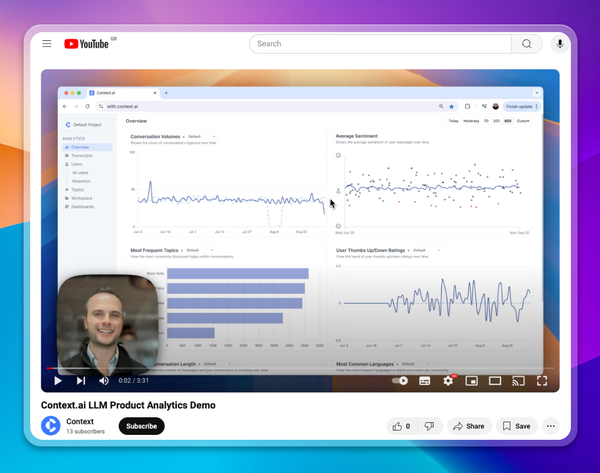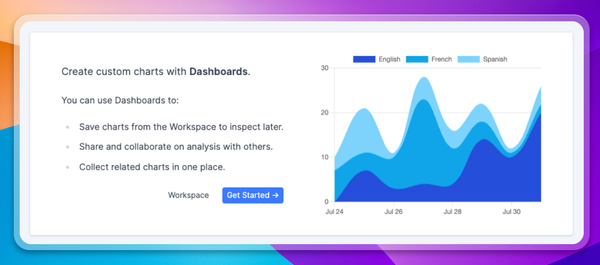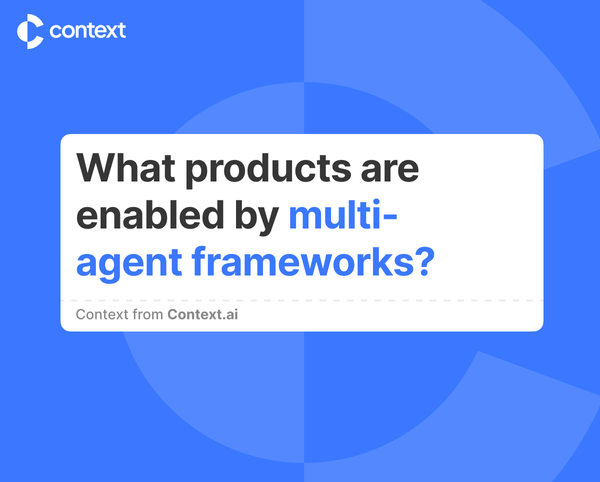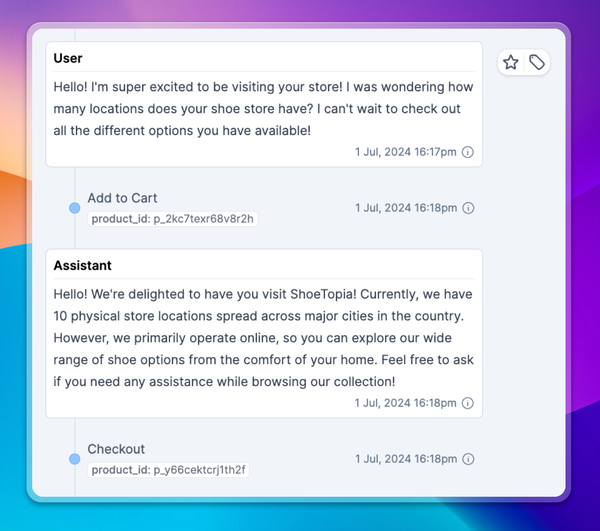How to run a competitive AI startup fundraise in 2023

At Context.ai we recently completed a $3.5M first fundraise in a heavily oversubscribed round that you can read about here. I’ve since been asked for advice by many founders about how to approach an early stage fundraising process. We were lucky to have many mentors and friends who have founded venture-backed startups, and before completing our fundraise I chatted with them about lessons from their experiences raising venture funding. I’m now sharing the lessons I learned from our own raise and from those conversations in the hope that it is helpful for founders looking to raise funding soon. The number one takeaway? That fundraising is like dating.
Preparing for the Raise
- Approach the raise as a project that will take up the majority of your time as CEO for a minimum of a few weeks, and potentially much longer. Be systematic and invest in the process upfront to reduce the total time that fundraising takes you away from the more important activities of talking to customers and building the product. This is not just a series of ad-hoc conversations.
- An overused analogy that almost everyone shared is that fundraising is like dating. You want to come across friendly and informal, and definitely not desperate or pushy.
- Decide how much you need to raise up front by working backwards from your business goals, then the product milestones needed to deliver them, then the team and the time you need to build it.
- Be prepared to raise slightly more than planned once you end up oversubscribed, so you can squeeze in more high-value angels. But if the raise goes well you will have a lot of people trying to get in, and you don’t want to give away too much of the company too early. Better to sell those additional shares in future when you have more traction and they’re worth more.
- Consider skipping an accelerator if you’re able to raise a venture round directly - we didn’t see the terms YC and other accelerators offer as remotely competitive, and we declined our interview to raise a round directly.
Crafting the Pitch
- Practice and share your pitch and likely investor questions with mentors, advisors, and friends for feedback early and often. Bonus points if they’re VCs or founders. Once you’re pitching to investors, ask for feedback from the warm intros who connected you with the investors, who are often able to share more candid thoughts than the investors directly.
- Have an extremely crisp 1-2 minute verbal pitch that you start every investor meeting with, to quickly build credibility and give an overview of your company.
- Some tough questions to nail answers to are: What is your defensibility and competitive advantage? Who are your biggest competitors, and how are you different and better? Why are you uniquely positioned to build this business?
- Keep the deck short. Highlight the team up front, and specifically why you’re one of the best teams in the world to build your business, and your track record of working together. Highlighting traction is even better - if you have it.
Running the Raise
- Go out to investors via warm introductions. These are crucial to cut through the high volume of cold pitches investors receive. All our VC offers came from warm intros or investor inbound. Send forwardable intro request emails to people in your network with a short blurb and a link to your deck, to make it easy for the introducer to connect you and easy for the investor to understand that you’re credible.
- Build a list of target funds and individuals at each fund based on their focus area, stage specialization, and track record, then work backwards and find your best route to get an introduction to each person. LinkedIn is fantastic here.
- Social proof is incredibly powerful. Showing traction with customers goes a long way, as does subtly and tactfully highlighting traction with other investors, especially once you have your first term sheet.
- If things go well, be ready to handle a large amount of inbound as your deck will get shared broadly by the investors you send it to. This should be done similarly to a sales process - use a CRM, and qualify the inbound leads before you commit to meetings, as your time is precious as a founder.
Closing Process
- Run a short process with a deadline - likely in a week or two - that you share with investors to make them come to a decision quickly. But don’t be afraid to extend this a little as it closes in if needed.
- Negotiating the valuation upwards is much easier than negotiating the dilution downwards - VCs need their ownership target, but can flex on valuation
- When asked about our valuation we never shared numbers, and just said we’re waiting to see how the market values us.
- The most important factor to optimize for is getting great people as the partners you work with. These partners will be in the trenches with you, and you’re stuck with them. This is more important than optimizing for the highest possible valuation
- Build your cap table how you build your team, with different investors and particularly different angels filling varied and complementary roles and able to advise on topics ranging from engineering to sales, marketing, hiring and product.
- Collect offers from investors without immediately making commitments in response. Be prepared for them to start pressuring you hard to close the raise immediately - but resist this. You need time to work through parallel processes and evaluate your choices. You should also do references checks on the specific partners (not just the funds) you’ll be working with by completing founder references.
- Have asks for the investors you meet with in addition to capital. Investors are trying to prove value in the hope you’ll take their capital, so make the most of the opportunity! Ask them for customer, angel, or hiring introductions
- Great angels are very useful as you need guidance in specific areas they have experience in, or you need input on difficult decisions
Final Thoughts
Once you’ve closed the round and got money in the bank, remember that raising money is only one step on the journey of building a great product that delivers value to customers. You might be tempted to think you’ve made it after raising the round and having many accomplished operators and investors wanting to back you - but all you have is the fuel you need to continue building for a few more years.
Fundraising is a rollercoaster of highs and repeated rejections, so be prepared for it to be a long and difficult journey. Approaching the process with the appropriate level of preparation will help you end up with the best partners and will hopefully keep the process short, so you can get back to building product ASAP.
Are you building an AI startup using LLMs? I’d love to talk to you about how the product analytics we’re building at Context.ai can help you build even better products for your users - and lead to more of the traction that is so valuable when pitching investors. Reach out on henry@context.ai





